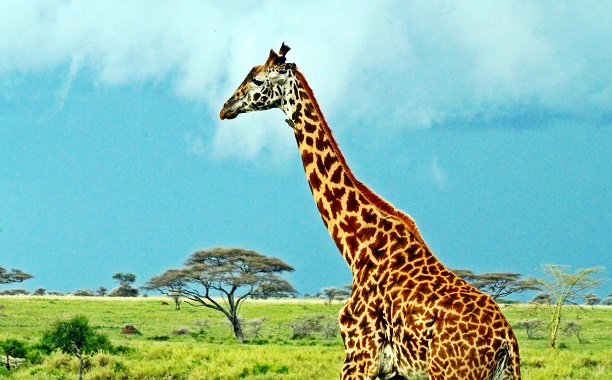Serengeti National Park, a UNESCO World Heritage Site located in Tanzania, is in the news today after the largest-ever scientific camera trapping survey revealed what one public release referred to as the “secret lives of the Serengeti.”
In the Snapshop Serengeti project, which was published in Scientific Data and online in the journal Nature, researchers asked non-scientist volunteers to review a total of 1.2 million sets of images captured by the high-frequency annotated camera traps setup by the researchers behind the project.
The cameras captured images of 40 mammalian species in the African savanna, marking what Alexandra Swanson, PhD, referred to as “the largest camera tracking survey conducted in science to date.”
This was the largest camera tracking survey conducted in science to date (…) We wanted to study how predators and their prey co-existed across a dynamic landscape (…) We needed to answer different questions than camera traps had answered previously.
In total, Swanson’s team setup a total of 225 traps across 1,000 square kilometers in Serengeti National Park.
Swanson, a postdoctoral fellow at the University of Oxford who received her PhD in ecology, evolution and behavior from the University of Minnesota, said that she quickly realized that she was being buried under what she referred to as “big data.”
If we were only interested in lions and leopards, we could have classified those images ourselves, but with hundreds of thousands of images of wildebeests and zebras, we simply couldn’t keep up with the photos being produced
In order to resolve this concern and handle the large amount of data generated by the project, Swanson and then-fellow graduate student Margaret Kosmala partnered with citizen science platform Zooniverse and designed, implemented and launched the program with over 28,000 volunteers aiding in the classification and identification of images and species.
Examining the 1.2 million images collected, researchers determined that 322,653 of the images contained animals. Out of the shots, 40 individual species were identified. Those identified included rare animals such as the aardwolf, zorilla and even the ol’ honey badger.
























